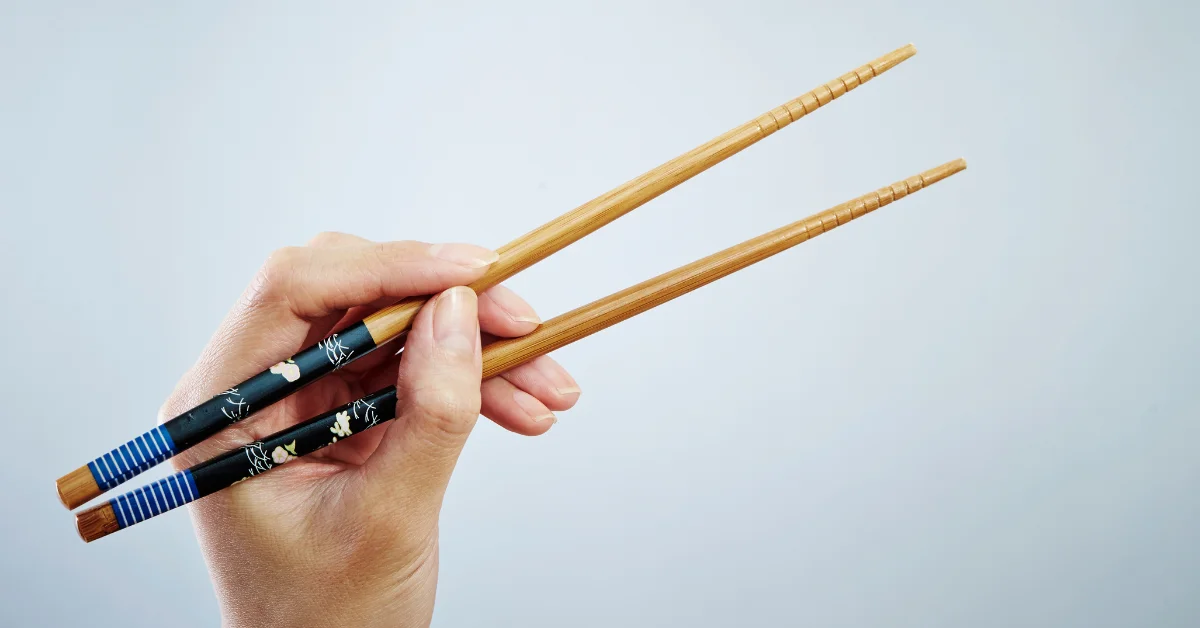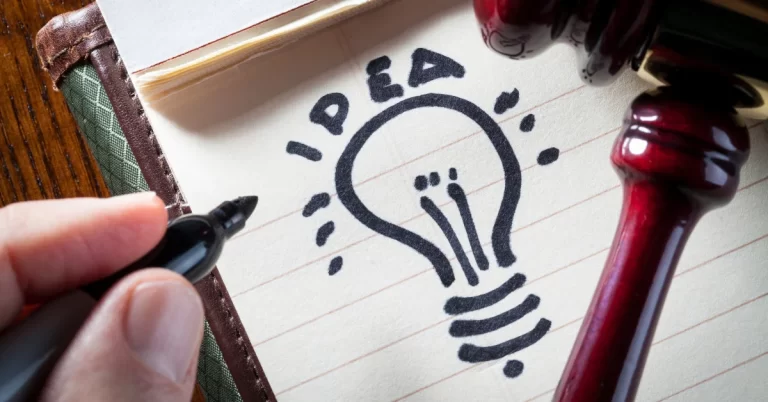The Chopstick Grip and the Algorithm: Figuring Things Out the Hard Way
There’s something deeply satisfying about solving a problem in exactly the wrong way—and having it work anyway.
Picture this: I’m five years old, sitting at our family dinner table, staring down my first real opponent—a pair of Korean metal chopsticks. Not the training wheels version with the helpful ridges and finger guides. No, these are the sleek, unforgiving stainless steel kind. Flat. Slippery. The final boss of eating utensils.
My parents, believers in both tradition and the educational value of mild suffering, handed them over with casual confidence. “Hold them properly,” they said, as if this was a simple instruction rather than an invitation to an evening-long physics experiment.
So I tried. And tried again. And then—because hunger is a remarkably effective motivator—I started experimenting.
I adjusted the angle. Shifted my fingers. Changed the pressure points. Eventually, I managed to grab a piece of kimchi without launching it across the room like a tiny vegetable missile. Was my technique “correct” according to the chopstick canon? Not even close. But did it work? Absolutely. I cleared my plate that night with a feeling of victory that was probably disproportionate to the actual achievement.
What I didn’t realize then was that I had stumbled upon the approach that would shape my entire career: if the standard solution doesn’t fit, build one that does.
The Manual Is More Like a Guideline, Really
Years later, I found myself deep in machine learning research at Stanford, wrestling with a motion tracking algorithm for PET scans. Our target was submillimeter precision—a goal that sounds neat on paper but quickly turns into an exercise in frustration when your open-source libraries refuse to cooperate, your camera models drift out of calibration, and your physical setup has the alignment consistency of a Monday morning staff meeting.
The textbook approaches weren’t cutting it. So I started tinkering—rewriting chunks of code, borrowing concepts from robotics for cross-calibration, tweaking gradient descent parameters until they practically sang. And suddenly, everything clicked. Our tracking precision went from “maybe good enough” to “suspiciously accurate.”
The funny thing? The mental process wasn’t all that different from my childhood chopstick saga. Just with more linear algebra and significantly fewer grains of rice on the floor.
The Myth of the Right Way
One of the most persistent and quietly dangerous myths in technical fields is the idea that there’s always a “right” way to do things—a platonic ideal solution that, if only you were smart enough or had the right education, you would naturally discover.
But reality is messier. Most problems exist in a swampy middle ground where context matters more than elegance, and where “good enough but surprisingly brilliant” often outperforms “technically correct.”
I’ve seen this play out repeatedly in my transition to patent work. When I became a patent agent, I expected structure, order, and checklists. There’s certainly plenty of that (the USPTO has never met a form it didn’t like). But what surprised me was how much creative improvisation is actually involved.
Translating an inventor’s half-formed idea into something legally protectable is less like following a recipe and more like reverse-engineering a puzzle where half the pieces are missing and the others might belong to a different puzzle entirely. It requires empathy, clarity, and a willingness to say, “I see where you’re going—let’s build a framework that captures what you need, even if it looks nothing like anyone else’s.”
The Beauty in the Hack
Recently, I helped an AI startup protect a hybrid model they’d built across two programming languages and four frameworks—a technical Frankenstein that absolutely should not have worked as well as it did. As I drafted the claims, translating their creative chaos into the ordered language of patent law, I realized: this isn’t just legal work. It’s a different form of engineering.
The best solutions rarely emerge fully formed from following the manual. They come from understanding the core problem deeply enough to recognize when the conventional approach isn’t going to cut it—and being brave enough to improvise.
How I Work Now
These days, whether I’m debugging neural networks, drafting patent claims, or facing any new challenge, I think back to that determined five-year-old with the unconventional chopstick grip.
The approach wasn’t textbook. It still isn’t. But it works. And sometimes, that’s what matters most.
I’ve found that problem-solving isn’t about appearing clever or following the prescribed steps perfectly. It’s about being resourceful, humble, and persistent. It’s about recognizing that every problem has its own unique contours, and sometimes the best solution is the one that nobody else would think to try.
So that’s how I approach my work now—with respect for the conventions but a willingness to bend them when necessary. With enough technical knowledge to understand the rules, and enough creativity to know when they should be broken.
And yes, I’ve learned to eat before tackling difficult debugging sessions. Some lessons you only need to learn once.
P.S. I still hold chopsticks “incorrectly.” But I haven’t dropped food in twenty years, so I’m counting that as a win.






